jinja-python
Jinja is a powerful text templating engine for Python, widely used in web development to create dynamic HTML content. It allows developers to embed logic directly within HTML templates, enabling the use of loops, conditionals, and filters to render content based on data passed to the template. Jinja promotes code reusability and readability, making it easier to maintain and update web applications. While often associated with Flask, Jinja can also be integrated into Django projects, providing enhanced flexibility and performance. Its clean syntax and extensive features make it a popular choice among developers for building interactive web applications.
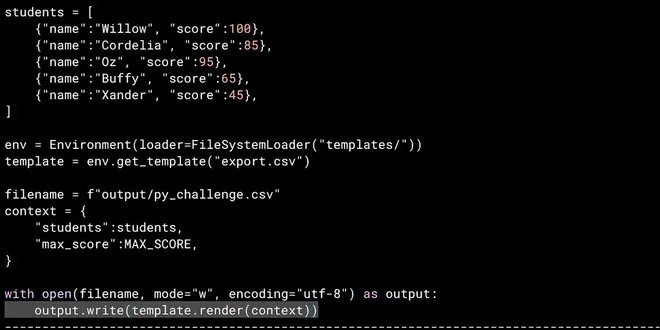
Introduction to Jinja Templating
Jinja is a text templating language. It allows you to process a block of text, insert values from a context dictionary, control how the text flows using conditionals and loops, modify inserted data wi...
📚 Read more at Real Python🔎 Find similar documents

Jinja2 in zope
Jinja2 in zope April 4, 2009 This was originally posted on blogger here . Getting Django Tempates inside of zope is not trivial. Yet getting Jinja2 to run inside of zope is easy! Use easy_install (or ...
📚 Read more at Daniel Roy Greenfeld Blog🔎 Find similar documents

Take Full Control of Your Python Plots with Jinja
Next time you want to make a fully customized plot in Python ditch matplotlib and try Jinja. Here's a short tutorial to help you get started.
📚 Read more at Towards Data Science🔎 Find similar documents

What is Jinja Templating in Django? A Comprehensive Guide for Beginners and Experts
Learn How Jinja Templating Transforms Django Projects with Powerful Code Snippets and Real-World Applications What is Jinja Templating in Django? A Comprehensive Guide for Beginners and Experts Intro...
📚 Read more at Python in Plain English🔎 Find similar documents
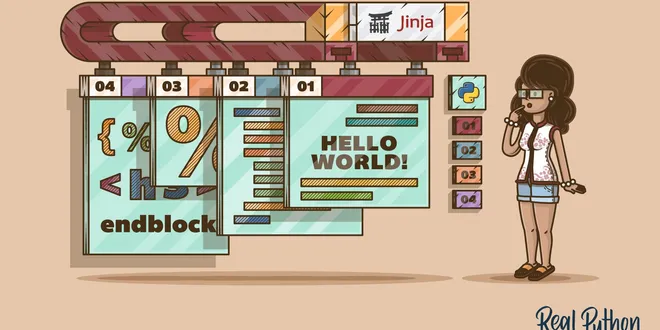
Quiz: Primer on Jinja Templating
In this quiz, you'll test your understanding of Jinja templating. Jinja is a powerful tool for building rich templates in Python web applications, and it can also be used to create text files with pro...
📚 Read more at Real Python🔎 Find similar documents

Jinja2
Jinja2 is a template engine written in Python for outputting formats such as HTML and XML.
📚 Read more at Full Stack Python🔎 Find similar documents
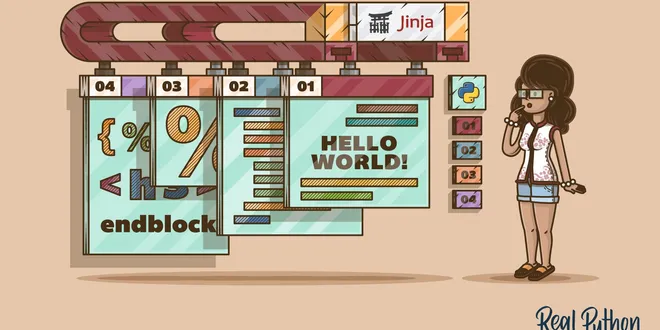
Primer on Jinja Templating
With Jinja, you can build rich templates that power the front end of your web applications. But you can use Jinja without a web framework running in the background. Anytime you want to create text fil...
📚 Read more at Real Python🔎 Find similar documents
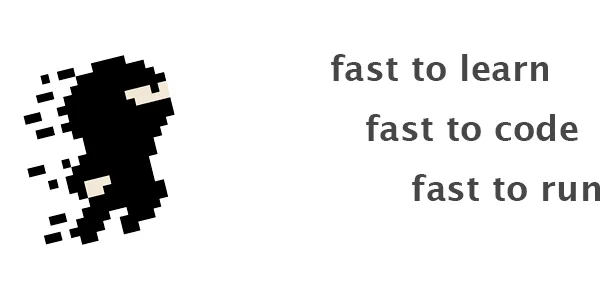
Django-Ninja: Built-in Django Feels Like FastAPI
Django is the web framework most widely used by Python developers. Django offers a powerful toolkit for creating web applications, making it easier for developers to create complex web applications ef...
📚 Read more at Better Programming🔎 Find similar documents

Advanced SQL Templates In Python with JinjaSql
In A Simple Approach To Templated SQL Queries In Python, I introduced the basics of SQL templates in Python using JinjaSql. This post further demonstrates the power of Jinja2 within JinjaSql…
📚 Read more at Towards Data Science🔎 Find similar documents

You will never want to use a different Python compiler ever again.
What is Numba? Numba is a just-in-time (JIT) compiler that translates a subset of Python and NumPy code into fast machine code at runtime. Essentially, Numba accelerates the performance of your code b...
📚 Read more at Python in Plain English🔎 Find similar documents

Jinja/DBT SQL Templating in JupyterLab/VSCode
Quickly prototype your SQL templates Photo by Joanna Kosinska on Unsplash SQL itself doesn’t lend itself well to reusability. To achieve reusability SQL is often templated using libraries like Jinja....
📚 Read more at Towards Data Science🔎 Find similar documents
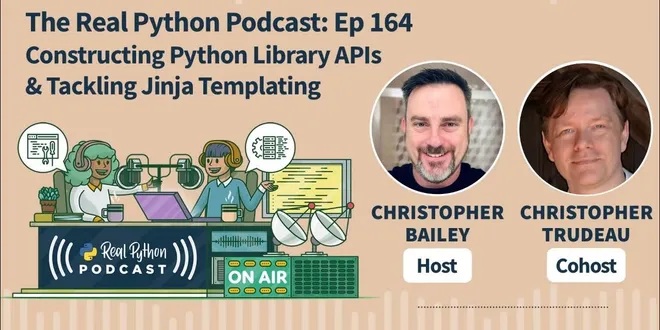
Constructing Python Library APIs & Tackling Jinja Templating | Real Python Podcast #164
What principles should you consider when designing a Python library? How do you construct a library API that is understandable and easy to use? This week on the show, Christopher Trudeau is here, brin...
📚 Read more at Real Python🔎 Find similar documents

